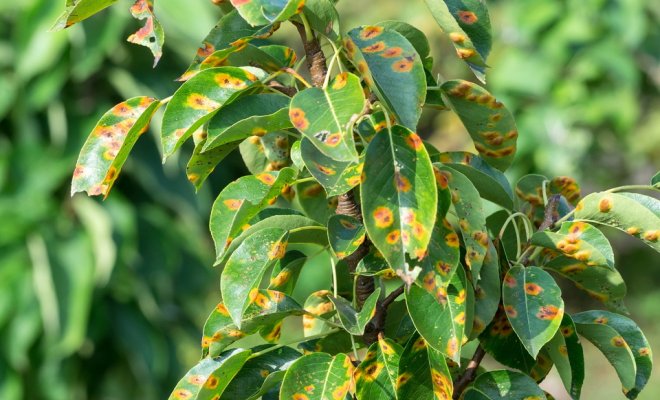
Yellowish-orange spots on the leaves of a pear are the main symptom of a fungal disease of rust, which can destroy up to 50% of the crop in one season. With uncontrolled propagation, the fungus infects the fruits and shoots, and in a critical case it can lead to the drying of the whole pear trees.
Nobody knew about rust on pear before, the disease began to manifest not so long ago. Where did the dangerous fungus come from? How to get rid of it?
Content
Description of the disease, source of infection
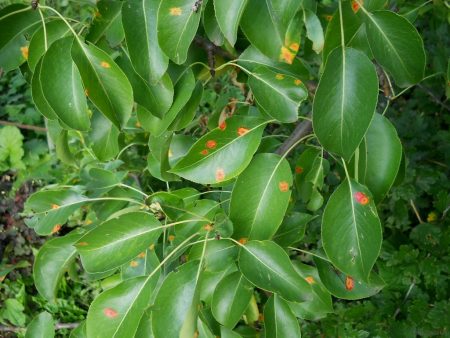
Symptoms of various diseases are often very similar, but not in the case of rust, this ailment can not be confused with anything. More recently, the disease was observed only in the southern regions, now it is widespread, outbreaks of epidemics are significantly more frequent. The reason for this is the desire of the owners to decorate their site with exotic plants for a certain area.
Rust is a typical disease of the Cossack (southern) juniper, only when the conifer is affected, it becomes a source of infection of pears.
The fungus affects the entire shrub (needles, cones, shoots). External signs - various wounds, growths and swelling. In the spring, bright yellow-orange, elongated gelatinous organs are formed on the juniper, in which spores develop.
According to some scientists, juniper is not the main, but one of the many sources (carriers) of rust. Since in other regions forest juniper is quite common, and there are no traces of the disease on it. The main problem is mass introduction. The cultivation of atypical plant species today is at the peak of popularity.
Fungus development process
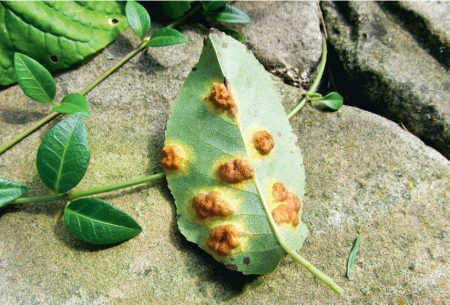
In industrial gardens, they do not pay attention to decorating the territory and do not grow exotic plants, which is why rust there is not afraid of pears. But in private, small land this problem is acute. The most serious outbreaks of the disease are observed in areas where it often rains, high humidity in warm weather - ideal conditions for the development of the fungus.
The fungus that causes the disease requires 2 plants for the optimal life cycle, in our case it is a pear and Cossack juniper. Having reached the desired stage of development on the conifer, the spores move to a pear, where a new stage develops, which again infects the bush and so on in a circle. Neither pear nor juniper infect themselves. The infection cycle is repeated every 1, 5 or 2 years, fruit trees get sick every 2 seasons.
The fungus overwinters on juniper under the bark. In the spring, small brown horns (sporulation organs) appear on the affected areas. Under the influence of rains, the foci turn orange, produce spores. In dry weather, ripened spores spread the wind to a distance of 45–55 kilometers. When hit on a pear tree, the fungus begins a new stage in its development.
Signs of pear rust
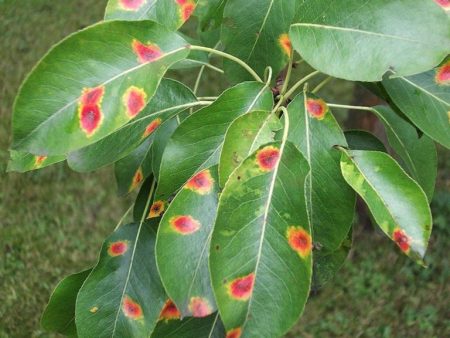
The first signs of the disease appear on the leaves in late May, when examining the plate, isolated, small, round, greenish-yellow blotches are clearly visible. The spots are gradually increasing in size, closer to July, they change color to orange, acquire black patches.
In mid-summer, dense tan swellings form on the back of the affected leaf, and spores form inside them. Heavily affected leaves fall prematurely, thereby disrupting the nutrition of the tree.
Orange spots on the leaves of the pear reduce the intensity of photosynthesis, which impedes the normal development of the tree. If you do not take timely treatment measures, a good harvest is not worth the wait. There are cases when ill trees ceased to bloom.
In cases where the stage of rust development becomes critical, light green, then pinkish-red spots appear on young and fruit branches. The stems gradually thicken, shorten (due to malnutrition). Severely affected branches completely dry out, while infected ones continue to grow to an average degree, but after a couple of seasons the bark and wood crack.
In a pear infected with rust, a weakening of immunity is observed, this is noticeable even externally, young stems do not develop, the fruits remain small, the leaves grow dull. In this state, the tree is not able to resist viruses, bacteria, fungi and various pests. The pear does not respond well to changing weather, winter hardiness is significantly reduced.
How to cure rust on a pear
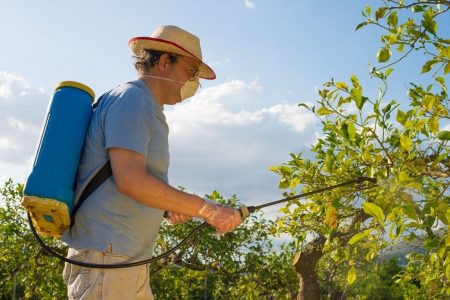
The most obvious solution to the problem, after curing the pear, is to clean the juniper from the site. However, the wind carries disputes over long distances, there is no complete certainty that the conifer does not grow among neighbors. Those who have parks next to the garden decorated with junipers are even more difficult.
If you begin to treat the tree when the first symptoms appear, you can avoid large crop losses. But you need to act consistently, not to dwell on one or two procedures.
The calendar of pear and juniper rust treatments is described in the table.
| Period | Recommended Drugs |
| Before swelling and budding of the kidneys. | 1% solution of Bordeaux liquid or other copper-containing fungicides, for example, Cuproxate, Kuprosil, Champion, Blue Bordeaux, copper chloroxide, colloidal sulfur, Fundazol, Bayleton, Topsin M, Poliram DF. |
| Immediately after flowering. | |
| When the ovary reaches a diameter of 1 cm. | |
| When the ovaries reach a diameter of 3-5.5 cm. | |
| After harvesting the whole crop. | Skor, Terzel, Delan and 1% Bordeaux fluid. |
| After leaf fall. | Urea solution (700 grams per 10 liters of water). |
Fungi quickly develop resistance to the same drug. Alternate different means, follow the instructions.
Before the sap flow begins, all strongly affected branches are cut to a healthy core. Shoots on which traces of the fungus are expressed are weakly left. Small foci are cleaned to light, clean wood, then these places are decontaminated with a 5% solution of copper sulfate, treated with heteroauxin and covered with artificial bark or garden varieties.
Preventive actions
Never leave fallen leaves from garden trees for the winter; carrion must be removed during the whole summer, not only in autumn. All plant residues are burned. Thin out the crown periodically so that the tree is well ventilated. Perform preventative spraying in a timely manner.
If next to the garden, on your site, juniper grows, carefully monitor its condition. In order not to worry about the appearance of rust at all, spray the conifer with the pear, the same preparations.
Sustainable Pear Varieties
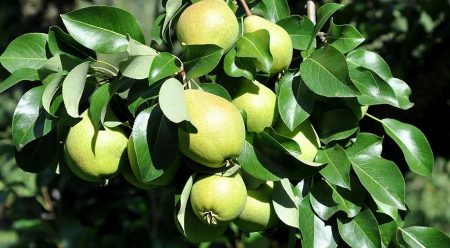
There are no varieties of pears that are completely resistant to rust. According to the observations of gardeners, most often the disease is observed on pears Dekanka winter, the favorite of Klapp, Bere Ardanpon and Bosk. Among the medium resistant, the following varieties are often distinguished:
- Sailo;
- Sugar
- Gulabi;
- Bere Ligel, Giffard and Hardy;
- The precocity from Trevu;
- Ilyinka;
- Williams.
Be patient, if orange spots appear on the leaves of pears in your garden, the treatment will be delayed. The treatments described above should be carried out for several years in a row, in some cases it is extremely difficult to eradicate the disease.If juniper grows nearby, then preventative spraying will become an annual concern.

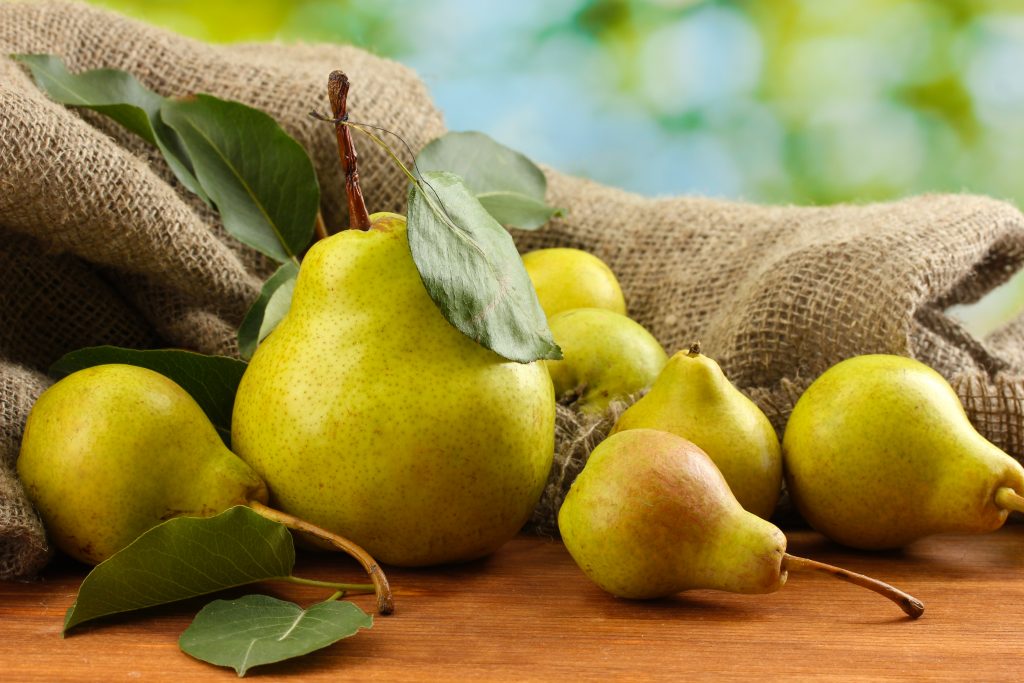
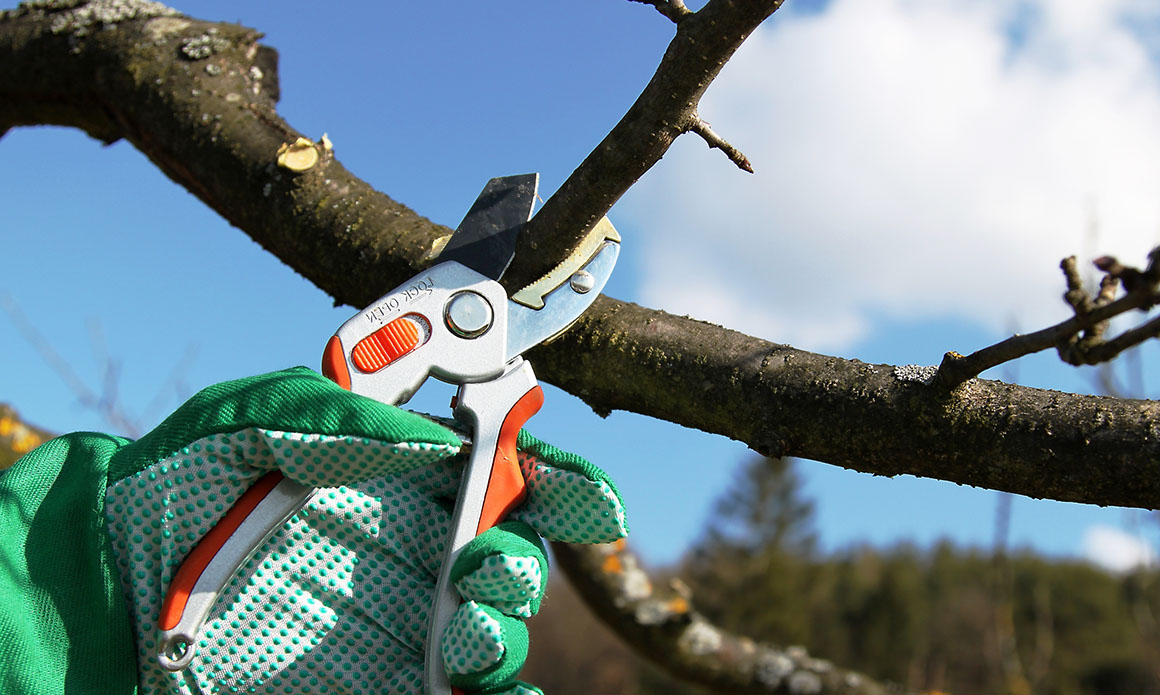
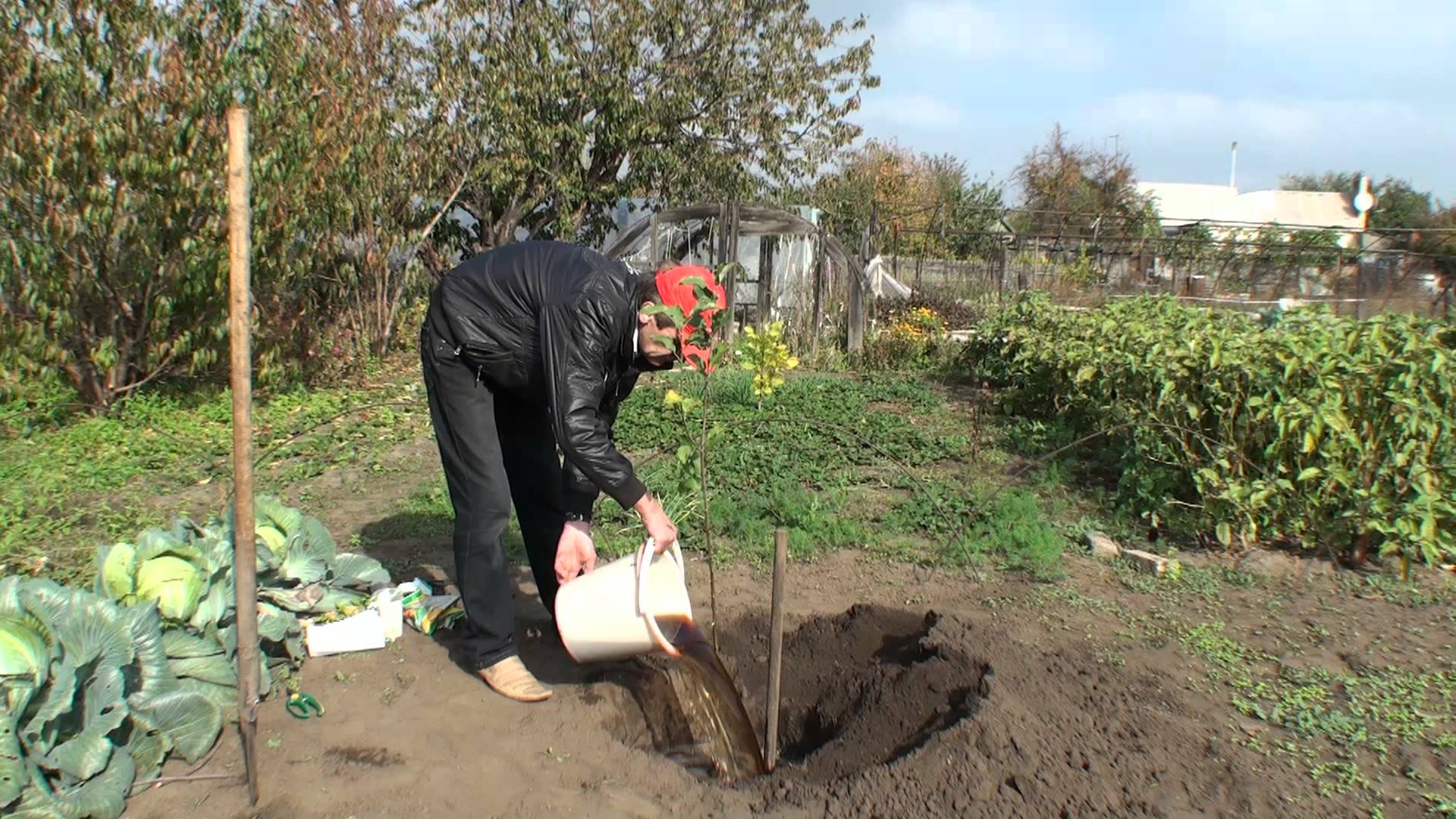
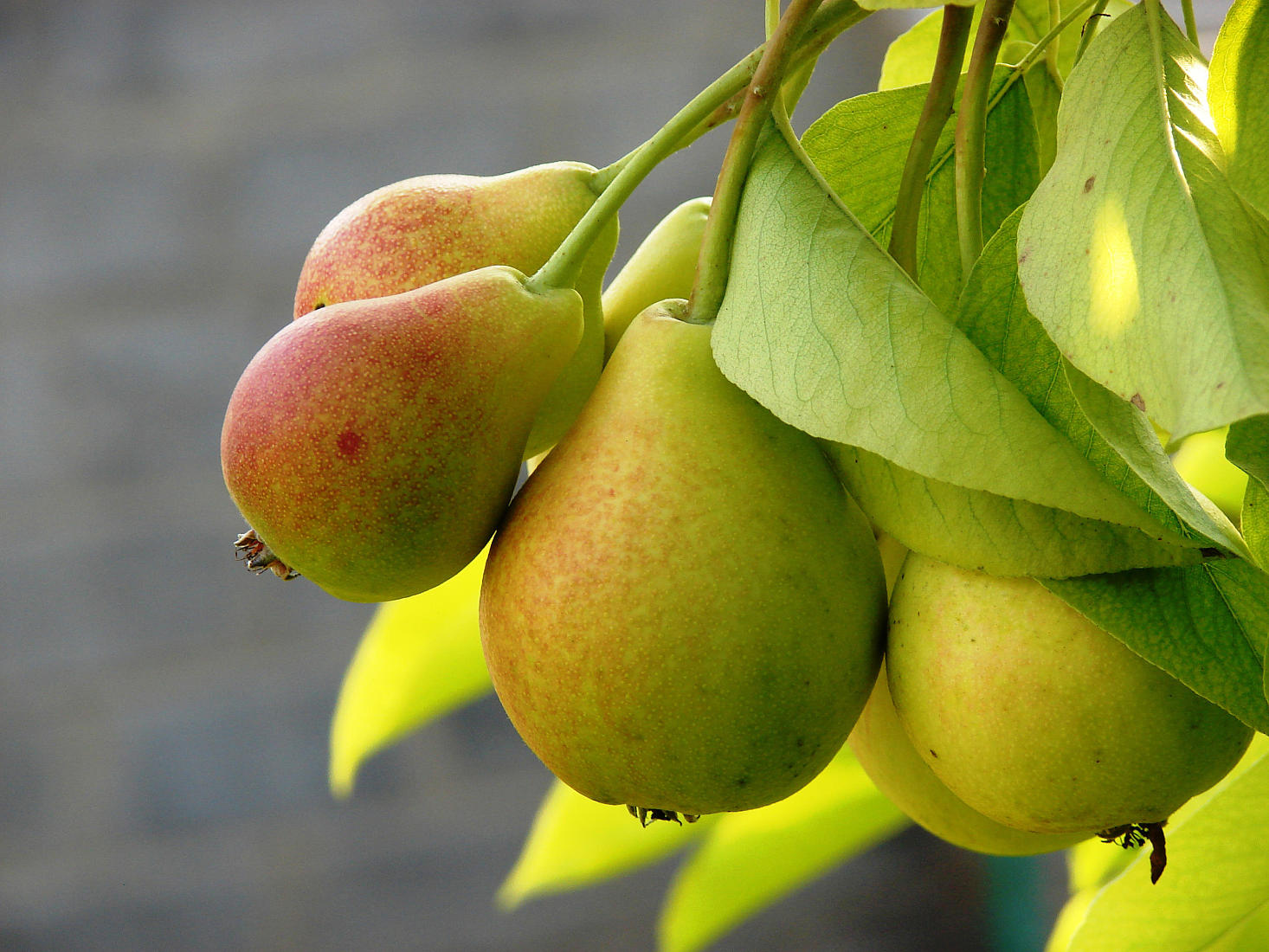 Pear "Noyabrskaya" winter: variety description
Pear "Noyabrskaya" winter: variety description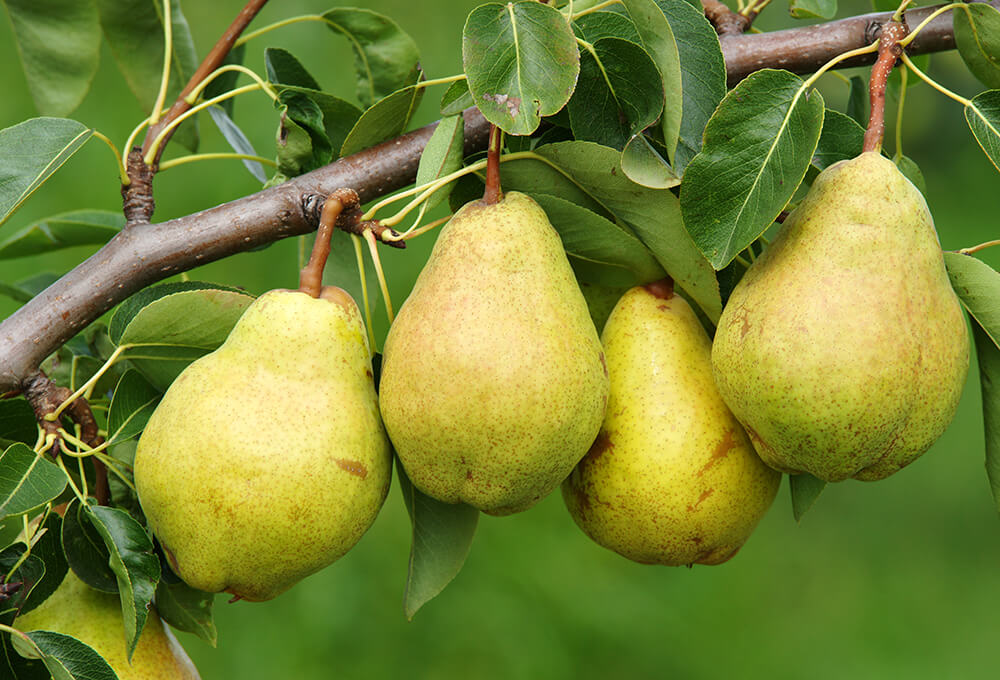 Now we know the reasons and what to do if the pear drops its fruit ovary
Now we know the reasons and what to do if the pear drops its fruit ovary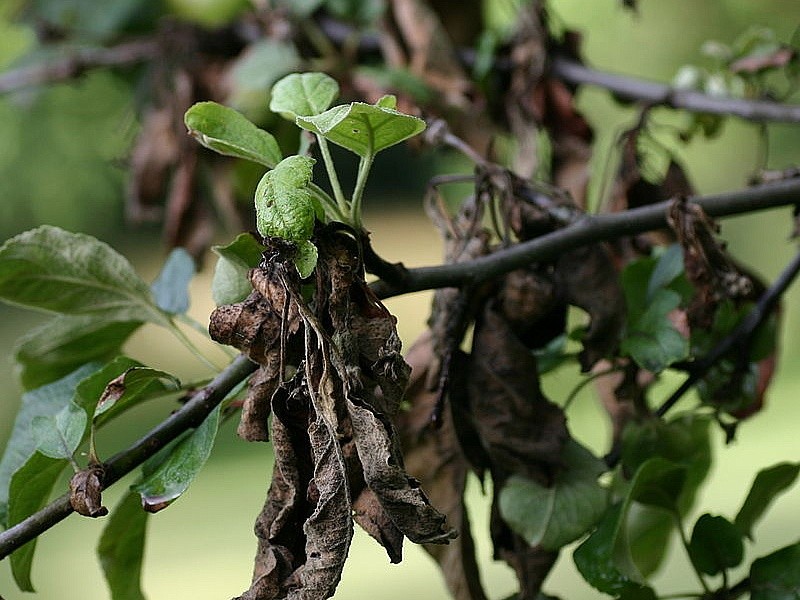 This drug from the pharmacy will help to cure the blackening and curling of foliage in a pear.
This drug from the pharmacy will help to cure the blackening and curling of foliage in a pear.